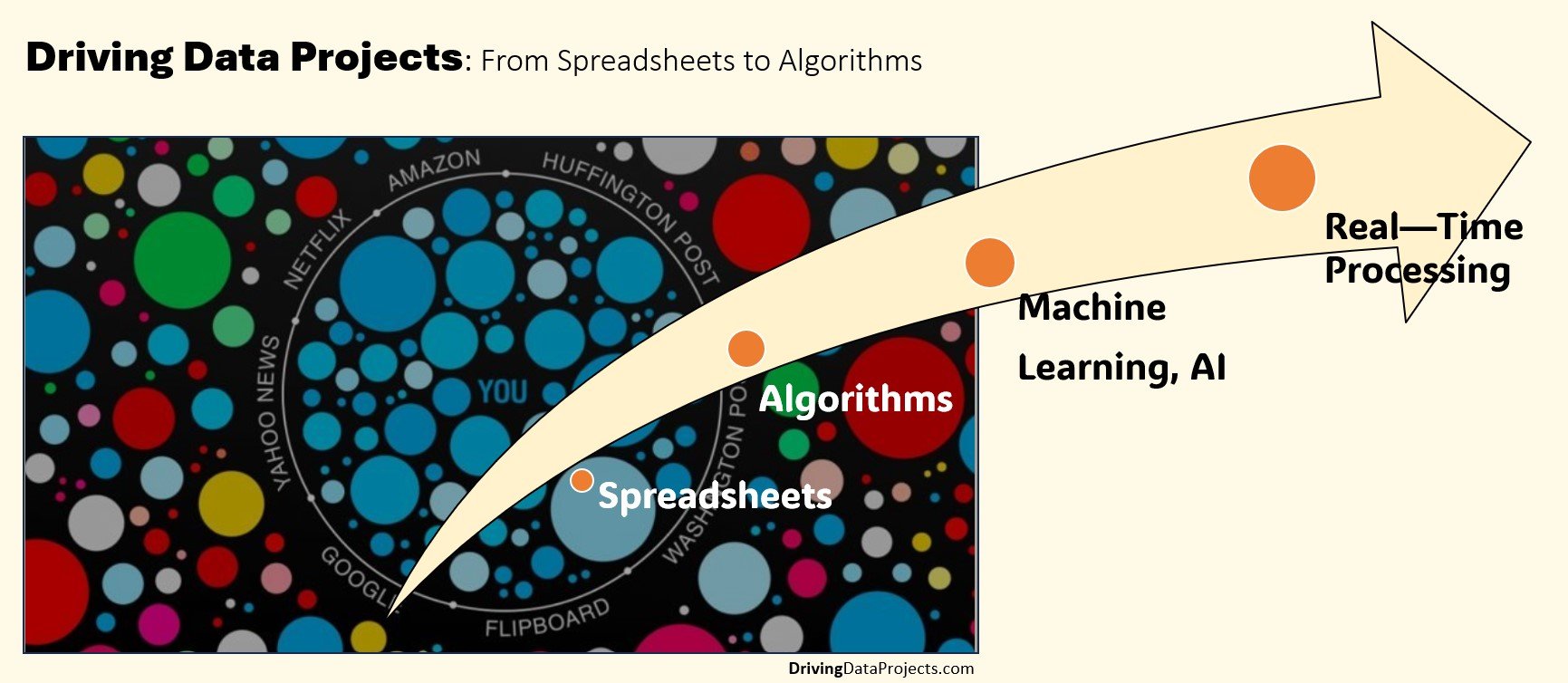Trust is transitioning from institutional to "distributed," shifting authority from leaders to peers, which is often overlooked and perpetuates trust issues. If trust is predictable, it isn’t needed – is it? If the inner workings of AI, government, and the media were just more transparent, if we knew how they worked, we think we wouldn’t really need to “trust” so much. It would be more predictable.
Read MoreAI generated
Every system is perfectly designed to get the result that it does
What if employees could enter their credentials and skills, share their problem-solving interests, and get dynamically assigned to a team based relevant to the organization’s needs? No more silos. The organization could also crowdsource expert citizen engineers with similar interests and skills for inside-outside problem-solving, where appropriate.
Read MoreTaxonomy v Folksonomy
The concepts of taxonomy and folksonomy hold significant implications, especially in the context of emerging technologies like OpenAI. While traditional taxonomies offer structured hierarchies of knowledge, allowing for a systematic approach to information organization, folksonomies represent a more fluid and emergent way of categorizing information based on user-generated tags and metadata.
However, the challenge arises when technological advancements fail to incorporate divergent thinking and promote groupthink through convergent taxonomies. This phenomenon is particularly evident in language models, where developers' linguistic and cultural biases can influence the interpretation and representation of (the dominant) language.
Read MoreTo code or not to code? The value of Domain Knowledge in Data Teams
A little while ago, I chatted with Gartner Analyst David Pidsely about a trend I noticed in the job market. It seemed the last 2-3 years, data strategy and governance roles suddenly required coding experience.
It wasn’t my imagination, he confirmed. In 2023, skills and talent shortage were the number one inhibitor to CDAO success. Hiring managers and recruiters have been packing job descriptions with coding skills that don’t always require them.
Read MoreImage generated by Bing Image Generator
Is it ARTIFICIAL intelligence or AUGMENTED intelligence?
Is it ARTIFICIAL intelligence or AUGMENTED intelligence?
The truth? It depends on the design's purpose. An organization’s purpose is informed by its values and profit motivation. Artificial intelligence aims to create autonomous systems that can perform tasks without human intervention, while augmented intelligence seeks to enhance human capabilities by providing AI-powered tools and assistance.
Read More6 Myths and Misconceptions about Data Projects
As I considered how to promote my new book on driving data projects, I wanted to include myths and misconceptions that reinforce their value. I have experienced many of these in teams I’ve worked on or with. Data projects are not a static set of routines. It's a constantly evolving, open-to-innovation process.
Only 54 percent of organizations fully understand the value of project management, according to PMI's Pulse of the Profession™ report. That might explain, in part, why project success rates are so low: Less than two-thirds meet their original business intents.
Read MoreYou get an author's box!
I read somewhere that over 80% of adults want to write a book, but only 3% ever get to 'The End' of a draft. That means that 97% of people who want to write a book never finish.
Stats like that make accomplishments like getting my “author’s box” of books all the more rewarding.
Read More4 Perspectives to drive effective data translation
When driving data projects, you will encounter business stakeholder challenges that often go unspoken. This is not always because people hold back but because they don't fully know how to vocalize their constraints.
If they can't directly address their requirement, chances are we can't either. To hear others' speech, we start by asking questions from different perspectives.
Read MoreData Trend: From Spreadsheets to Algorithms
The transition from traditional spreadsheets to sophisticated data management and analysis algorithms represents a significant evolution that has revolutionized how businesses process and leverage information. Algorithms have reshaped the landscape of data-driven decision-making. Facebook's filter bubble is an early example of a machine learning system individualizing the user experience based on user patterns.
Read MoreImage Credit: Wanda Tuerlinckx , Humanoids
Who is pacing this race?
Employees have been encouraged to ‘automate their roles’ to demonstrate self-direction and continuous learning. In the past, an employee's skills, motivation, and business interests determined the pace of change. Soon, the pace may be beyond their control, risking job loss before they can adapt to consider the next set of problems. If they can’t find problems faster than the pace of automation, they are not adequately prepared for transition.
Read More



